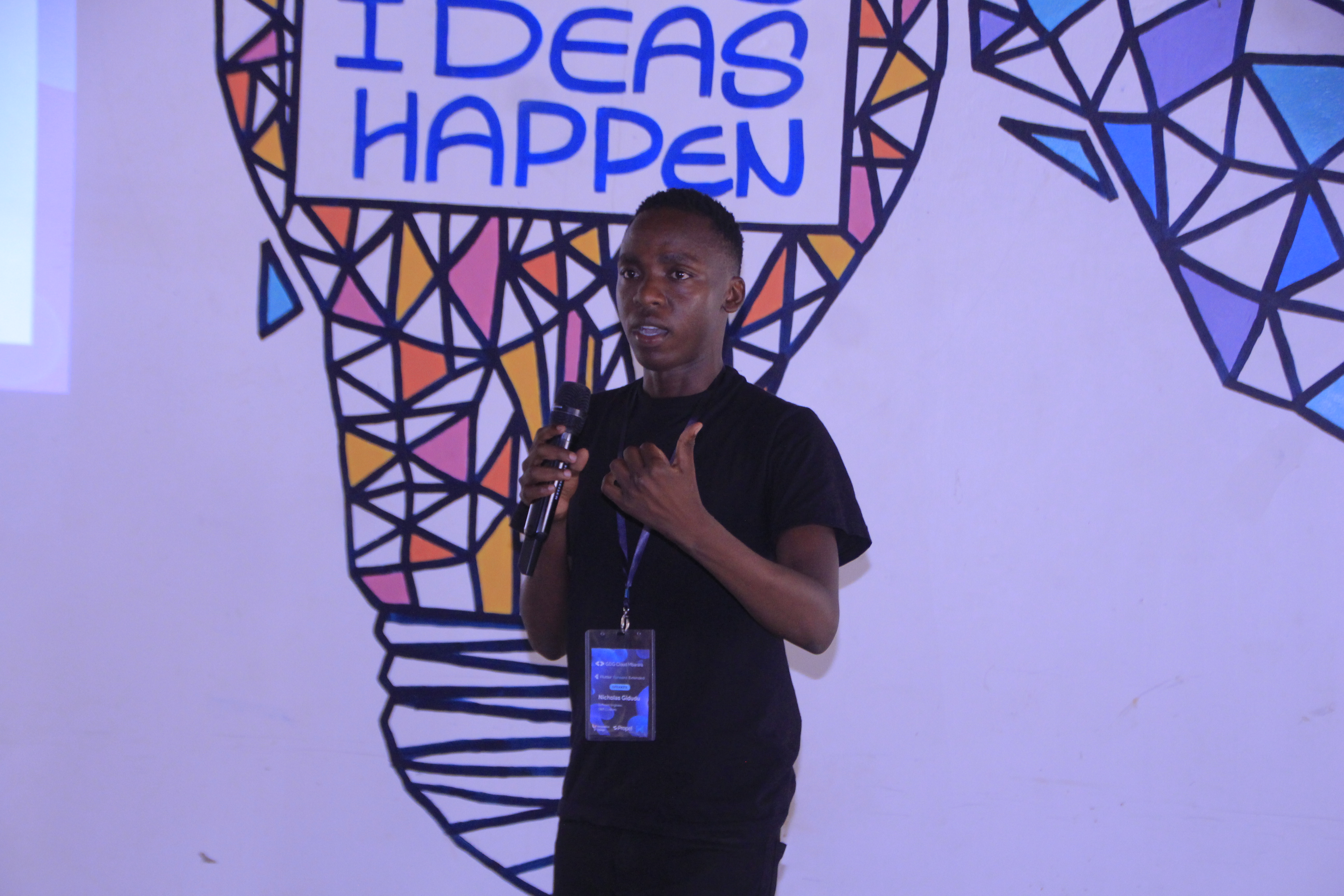A friendlier guide to taming Flutter jank with DevTools 💙
 Gidudu Nicholas
Gidudu Nicholas
Picture this: you open your shiny new Flutter app, swipe to the next screen—and the animation hiccups. It’s the software-equivalent of spilling coffee on a white shirt. Luckily, Flutter DevTools is basically a laundromat for performance problems. Let’s walk through it like two colleagues at the same desk.
1. Warm-up laps: choose the right run mode
Profile mode (
flutter run --profile) keeps the app almost release-fast but leaves tracing hooks turned on.Release mode is the final dress-rehearsal; DevTools can still attach for timeline traces if you launch it with
--trace-startup.Flip on the Performance overlay (
WidgetsApp.showPerformanceOverlay = true) for an always-visible FPS bar—great for a quick gut-check while you test flows. (Flutter Documentation, Flutter Documentation)
2. Opening DevTools without breaking flow
Most IDEs now show an “Open DevTools” button as soon as the app connects to a device. Prefer the CLI?
flutter pub global run devtools
It’ll pop up in your browser and automatically hook into the first running Flutter process it finds. (Flutter Documentation)
3. Reading the performance page like a story
When DevTools launches you land on the Performance tab. Think of it as a heartbeat monitor:
Frame chart – green bars (good), red bars (dropped frames) over time.
Build vs Raster – hover a bar to see where you spent the milliseconds. Build spikes usually point to over-eager
setState; raster spikes hint at big images or shader work.Timeline view – three parallel threads (UI, GPU, platform) scroll by. A long bar on the UI thread means you left heavy lifting on the main isolate. (Flutter Documentation)
4. What’s new in 2025 ✨
Flutter 3.25’s tooling brought a couple of quality-of-life gifts:
Smart Widget Inspector explains why a widget rebuilt, not just that it did, and suggests fixes when it spots anti-patterns.
Live in-app metrics overlay (toggle-able from the DevTools toolbar) paints frame time and memory use directly on the phone—handy when you’re far from your laptop. (Medium)
5. The jank hunt, step-by-step
Do something that feels slow, then pause recording.
In the frame chart, tap the tallest red bar.
DevTools opens a Frame analysis panel—scroll through the “Rebuilt widgets” list; the culprits usually float to the top.
If the raster time is huge on first launch, it’s probably shader compilation. Capture an SkSL bundle once, ship it with your APK, and those first-run stutters vanish. (GitHub, Medium)
6. Quick peeks at CPU & memory
During the same session you can jump to the CPU Profiler to sample hotspots (it freezes the timeline so context isn’t lost) or grab a heap snapshot to see if a screen is leaking objects as you navigate back and forth. It’s all one click away—no separate tools to install. (Flutter Documentation)
7. A “one-sprint” performance routine
Monday: record baseline in profile mode.
Tuesday: fix the worst offending widget.
Wednesday: warm-up shaders on a release build.
Thursday: run an exploratory memory/CPU session.
Friday: share a 20-second screen-recording of silky-smooth scroll to celebrate with the team.
Doing a little every sprint beats the “week-before-release” panic every time.
Bottom line
DevTools isn’t just for senior engineers or crash emergencies; it’s your day-to-day compass for keeping Flutter apps joyful. Fire it up, follow the coloured bars, and watch the stutters melt away—one friendly trace at a time. Your users (and their thumbs) will feel the love. 🚀
Subscribe to my newsletter
Read articles from Gidudu Nicholas directly inside your inbox. Subscribe to the newsletter, and don't miss out.
Written by

Gidudu Nicholas
Gidudu Nicholas
Hello, I am a senior Flutter developer with vast experience in crafting mobile applications. I am a seasoned community organizer with vast experience in launching and building Google Developer communities under GDG Bugiri Uganda and Flutter Kampala.